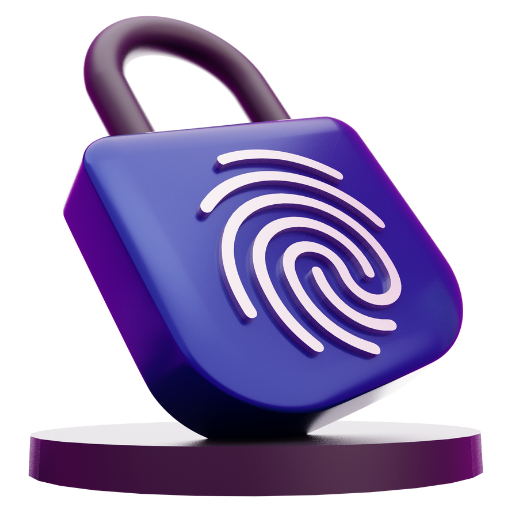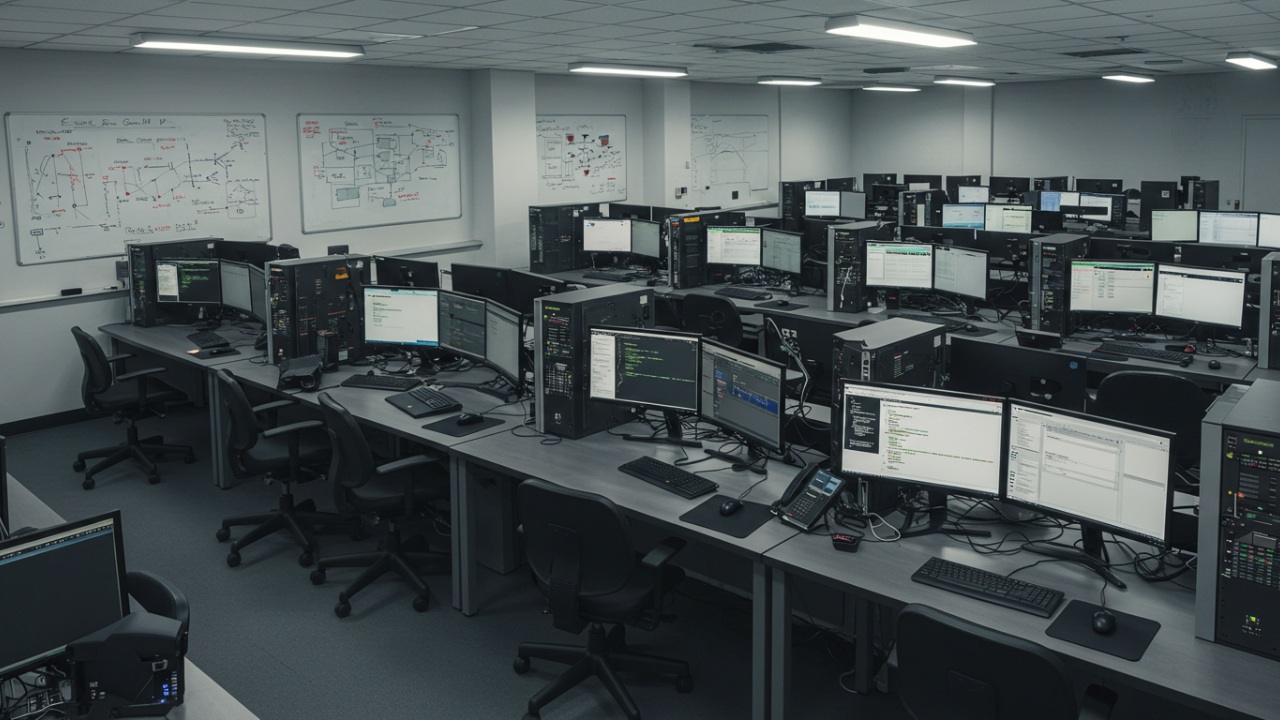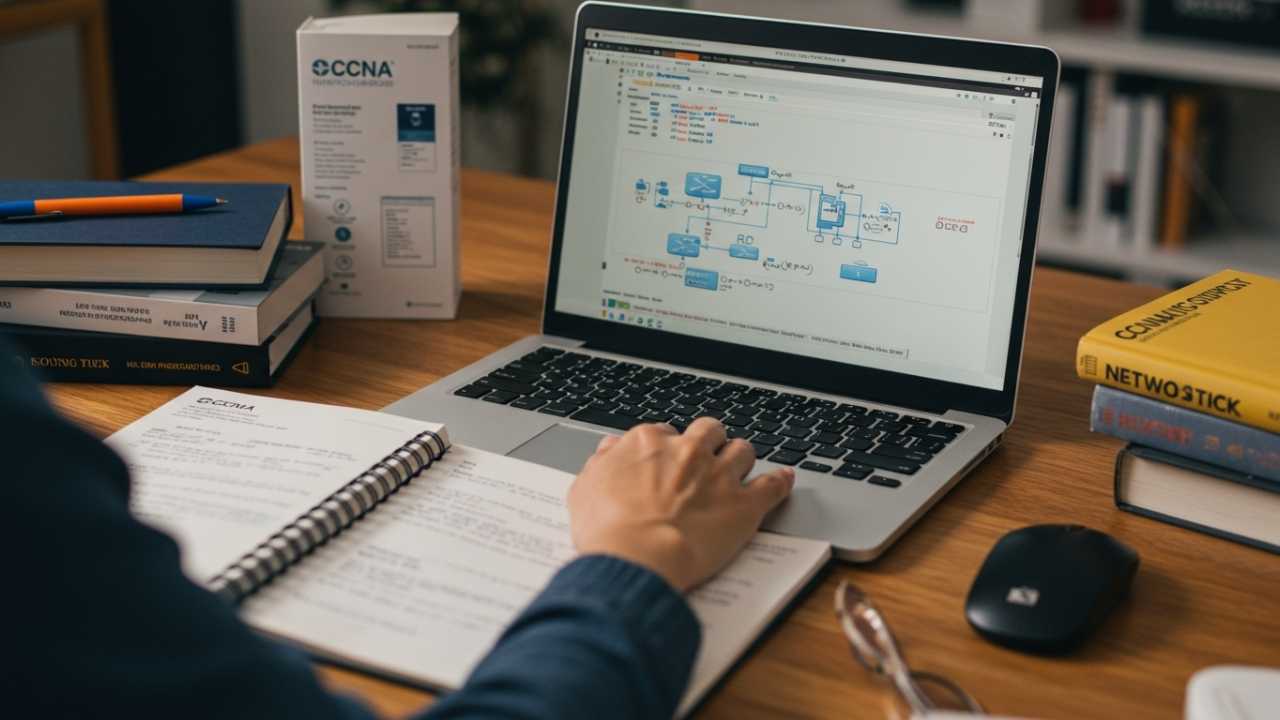When I first stepped into the world of cybersecurity, I realized something important very quickly: reading and watching tutorials could only take me so far. If you really want to master cybersecurity, especially penetration testing, you must practice. Cybersecurity labs for hands-on penetration testing provide the safe, controlled environment you need to build real-world skills.
In this guide, I’ll show you everything you need to know about cybersecurity labs — what they are, why they matter, how you can set up your own lab, and which platforms are best suited for your learning journey. Whether you’re just starting or looking to sharpen your skills, this guide will help you take that important next step.
What Are Cybersecurity Labs?
Cybersecurity labs are isolated environments designed to help you practice hacking and defensive skills without any risk to real-world systems. Think of them as digital playgrounds where you can attack, defend, experiment, and learn. These labs simulate real networks, servers, and vulnerabilities so you can experience what real-world attacks look and feel like.
Instead of only learning theories or memorizing concepts, labs let you apply that knowledge in action. You can perform penetration tests, find vulnerabilities, and even exploit them, all without the fear of causing real harm. That’s why labs have become such an important part of cybersecurity education.
Why Theory Alone Is Not Enough
Reading books or watching videos gives you information, but it does not give you experience. Cybersecurity is a field where understanding how something works isn’t enough—you have to be able to break it, fix it, and defend it. Without hands-on practice, it’s easy to get stuck when real problems show up. Labs help you move from “I know about this” to “I can do this,” which makes a huge difference when you’re facing real-world tasks or job interviews.
When you train in cybersecurity labs, you also develop the mindset of an attacker. You start thinking creatively, finding hidden weaknesses, and understanding how to protect systems better because you know exactly how they can be broken.
Benefits of Using Cybersecurity Labs
The more I practiced in labs, the more confident and skilled I became. Cybersecurity labs offer several major benefits that help you grow faster and stronger as a security professional.
First, labs provide a safe space to make mistakes. If you crash a server or accidentally wipe out a network in a lab, no harm is done. You can just reset and try again. This freedom to experiment without consequences is vital for deep learning.
Second, labs force you to solve real problems. You will encounter broken systems, hidden vulnerabilities, and unexpected barriers. Figuring out solutions teaches you critical thinking and problem-solving skills much better than any textbook could.
Third, practicing in labs helps you build a strong portfolio. Employers want to see proof of your skills, and showing them the labs you’ve completed and the challenges you’ve solved makes you stand out.
Finally, labs boost your confidence. Each machine you conquer, each vulnerability you find, builds the self-belief you need to tackle harder and more complex challenges.
Types of Cybersecurity Labs You Can Use
Choosing the right type of cybersecurity lab depends on your goals, your experience level, and how you like to learn. Let me walk you through the main types you should know about.
Online Cybersecurity Labs
Online labs are probably the easiest way to start. Platforms like Hack The Box, TryHackMe, and CyberSecLabs let you sign up, log in, and start hacking right away. You don’t need to install anything complicated, and you can access labs from any device with an internet connection.
The biggest advantage here is convenience. You can practice anytime, anywhere, and many platforms offer structured learning paths that guide you from beginner to advanced levels. The downside is that you are limited to what the platform offers, and sometimes you may want more freedom to experiment, which brings us to the next type.
Virtual Machine-Based Labs
If you want more control and a deeper understanding of how networks and machines work, setting up your own virtual lab at home is a fantastic choice. This means installing software like VirtualBox or VMware on your computer and creating virtual machines, such as Kali Linux and vulnerable targets like Metasploitable.
Running your own lab teaches you important skills about network setup, system administration, and troubleshooting — skills that are valuable in any cybersecurity career. It does take more time to set up, and you’ll need a decent computer with good memory and storage, but the learning experience is worth it.
Physical Labs
Some learners and organizations prefer building physical labs with real hardware like routers, switches, and old servers. If you are aiming for network security roles or working for a company that needs full environment simulations, a physical lab can give you the most realistic experience.
However, physical labs are expensive to build and maintain. They also require space, power, and cooling. For most beginners and even intermediate learners, virtual labs or online platforms offer more than enough training opportunities.
Best Cybersecurity Lab Platforms for Hands-On Penetration Testing
When you’re ready to dive into hands-on practice, several great platforms can guide you through the process. Each has its own style and difficulty level, so choosing the right one depends on where you are in your journey.
Hack The Box
Hack The Box is known for its challenging, real-world-style machines. It’s a fantastic place if you enjoy solving puzzles and figuring things out without much hand-holding. Many machines are modeled after real vulnerabilities found in the wild, so the skills you gain here are directly applicable to real-world penetration testing.
TryHackMe
If you are a beginner or someone who likes learning with clear instructions, TryHackMe is the best platform to start with. They offer guided paths that teach you basic networking, system exploitation, and web application security, all in an easy-to-understand way. As you grow more confident, you can move to more challenging rooms and even compete in special events.
Offensive Security Proving Grounds
Offensive Security’s Proving Grounds is perfect if you are preparing for certifications like OSCP. The machines are tough and mimic exam-style challenges. Practicing here gives you a taste of what certification exams feel like and builds the persistence and creativity you’ll need to succeed.
Virtual Hacking Labs
Virtual Hacking Labs is another good option for those focusing on penetration testing skills. They offer vulnerable machines in a controlled environment and provide solutions and guides when you get stuck. It’s a great bridge between beginner and intermediate difficulty.
CyberSecLabs
CyberSecLabs offers a structured, affordable platform for beginners who want clear, guided learning paths. It is less overwhelming than Hack The Box and is very beginner-friendly without sacrificing the depth of challenges.
Setting Up Your Own Cybersecurity Lab at Home
If you want full control over your practice environment, setting up your own cybersecurity lab at home is a smart move. It teaches you skills that no platform can replicate and prepares you for real-world troubleshooting.
To build a home lab, you will need a reasonably powerful laptop or desktop with at least 8GB of RAM, although 16GB is better if you can manage it. You’ll also need virtualization software like VirtualBox or VMware and operating system images like Kali Linux, Metasploitable, and Windows Server trials.
Once your hardware and software are ready, you can set up a private network where your virtual machines can interact with each other but are isolated from your main home network. This isolation is important because you’ll be working with vulnerable systems that could pose risks if connected to the internet.
Practicing in your own lab helps you not only master offensive skills but also understand system administration and networking — valuable skills for any cybersecurity professional.
Skills You Will Learn by Practicing in Cybersecurity Labs
Working inside cybersecurity labs helps you grow through several important skill stages. You start with basic skills like information gathering, where you learn how to collect details about systems and networks. Then you move to scanning and vulnerability detection, where you identify weaknesses that attackers could exploit.
As you progress, you’ll tackle exploitation, which is about actually breaking into systems. After gaining access, you learn about privilege escalation, where you try to gain higher-level control inside a system.
Finally, you’ll reach post-exploitation activities, where you pivot to other machines in a network or extract valuable data. You’ll also learn how to document everything properly through penetration testing reports — a skill employers highly value.
How to Get the Most Out of Cybersecurity Labs
When I started using labs, I quickly learned that just logging in and randomly clicking around wasn’t enough. To truly grow, you need a plan.
Before starting a session, set a clear goal for what you want to achieve. Maybe today you want to practice scanning with Nmap or try a privilege escalation technique you just learned about. Having clear goals keeps you focused and makes your sessions more productive.
Tracking your progress also helps. I recommend keeping a simple notebook where you write down what you did, what worked, and what didn’t. Over time, this builds a personal record of your learning journey that you can refer back to anytime.
Finally, always practice ethical hacking. Only hack systems where you have permission. Stick to your lab environment and respect all guidelines, because trust and integrity are key values in cybersecurity careers.
Common Problems Beginners Face (And How to Solve Them)
If you’re just starting, you might sometimes feel overwhelmed. That’s completely normal. Labs can feel very difficult at first because real-world cybersecurity work is complex.
If you feel stuck, I suggest starting with beginner-friendly platforms like TryHackMe. Their structured learning paths can guide you step-by-step until you build enough confidence to tackle harder machines.
Sometimes, setting up your own lab can be tricky too. In that case, don’t hesitate to follow detailed video tutorials or ask questions in cybersecurity communities online. Most people are friendly and willing to help new learners.
Lastly, don’t lose motivation if you find yourself stuck for hours on a challenge. It happens to everyone, even experienced professionals. Break your goals into smaller steps and celebrate every victory, no matter how small.
How to Choose the Right Cybersecurity Lab for You
Choosing the right lab depends heavily on your current skill level and goals. If you are a beginner, start with platforms that guide you, like TryHackMe or CyberSecLabs. If you already have some experience, Hack The Box will challenge you more.
If you are planning to take professional certifications, then Offensive Security’s Proving Grounds or building your own home lab will prepare you better for the real exam environment.
The key is to match your current abilities with the right kind of challenge. This keeps you moving forward without getting discouraged.
Bonus: Free Resources to Improve Your Penetration Testing Skills
If you’re on a tight budget or just looking for extra practice, several free resources can help you. OWASP Juice Shop is a great platform for learning web application hacking. VulnHub offers free vulnerable machines that you can download and run in your home lab. DVWA, or Damn Vulnerable Web Application, is another excellent tool for practicing web vulnerabilities safely.
Mixing free and paid resources gives you a balanced learning path without spending too much money.
My Opinion
Building your skills through cybersecurity labs for hands-on penetration testing is one of the smartest moves you can make if you’re serious about a career in cybersecurity. Labs provide the space to fail safely, experiment boldly, and grow steadily.
Start small, stay consistent, and don’t worry about being perfect. Even spending a few hours each week practicing in labs can put you far ahead of others who only learn passively.
I hope this guide gives you the confidence to jump in and start building real skills today. The future is wide open — and it starts with your first lab session.
















Leave a Reply